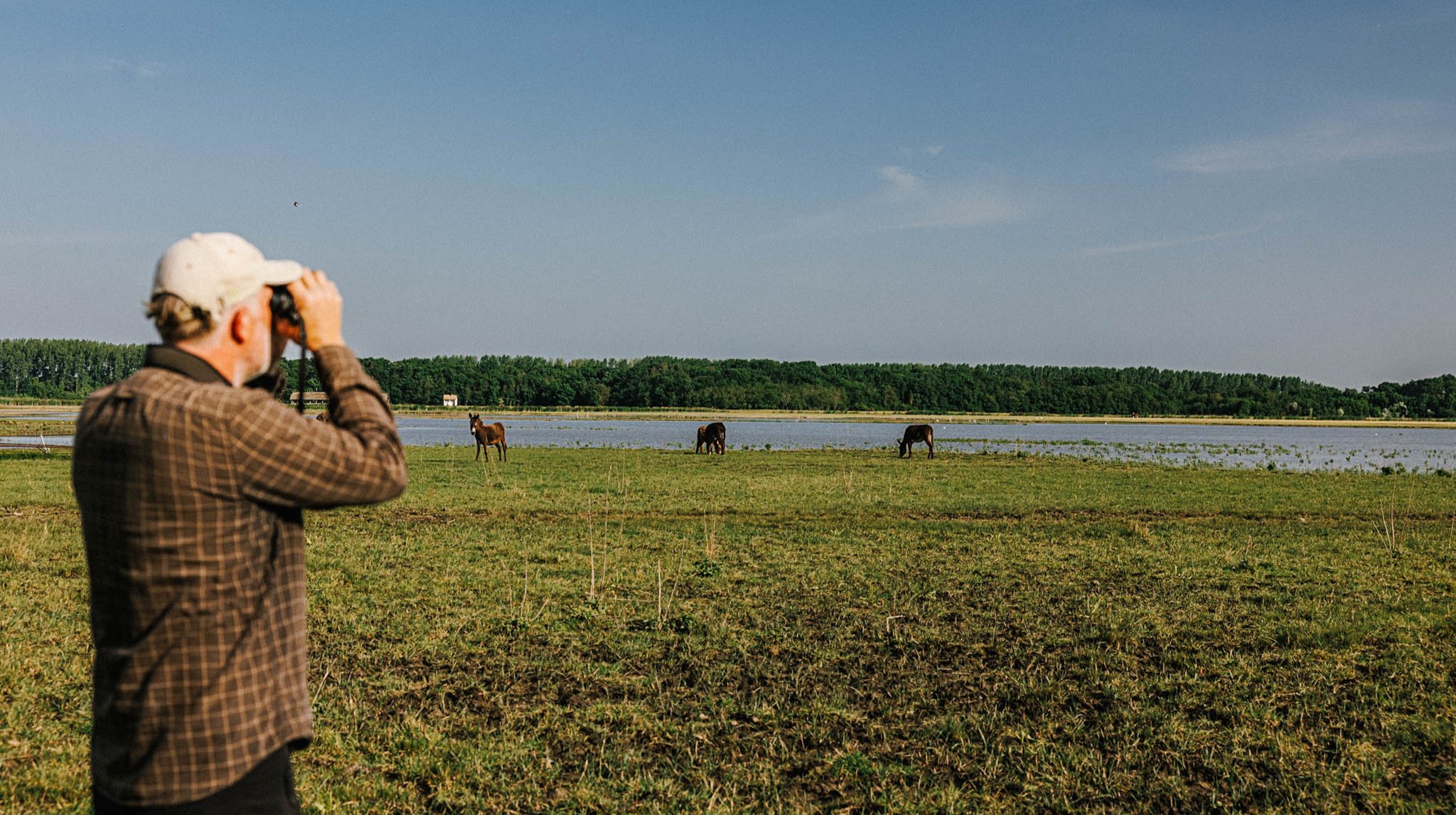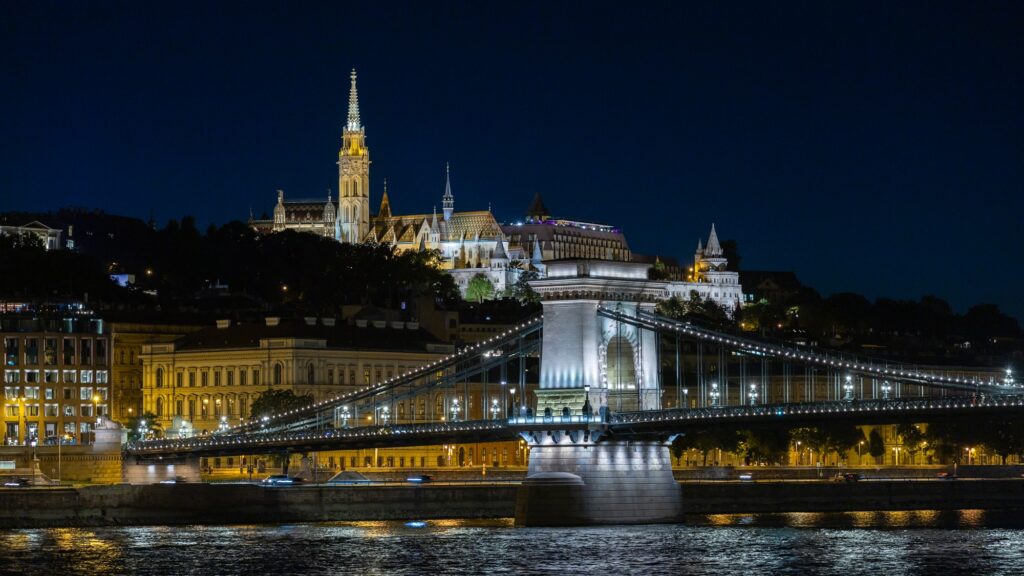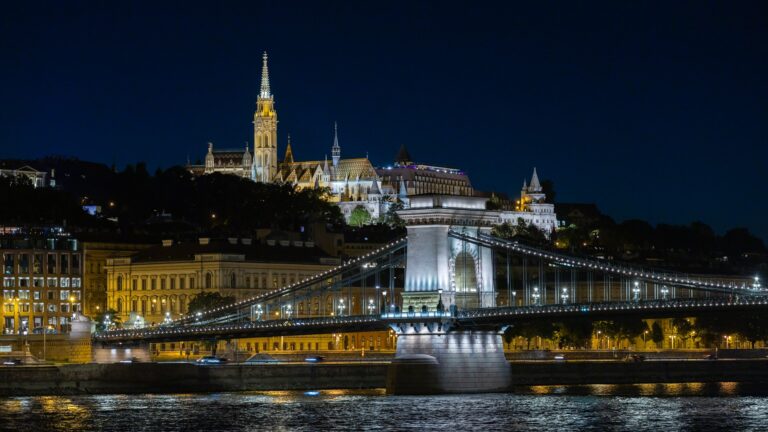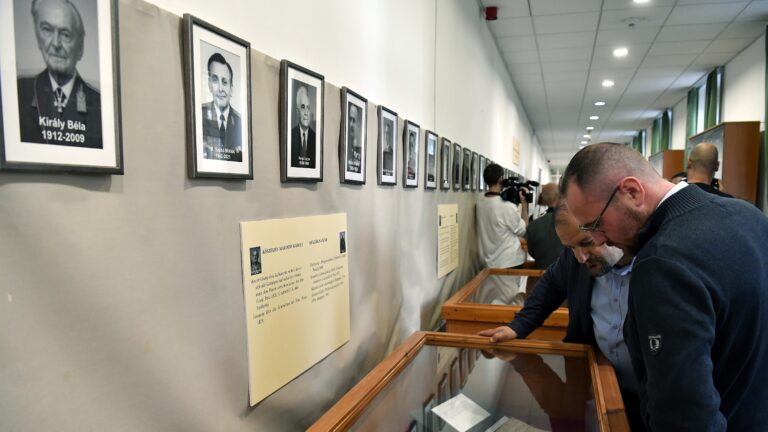The following article is adapted from a piece written by Emese Hulej, originally published in Hungarian in Magyar Krónika.
Saline lakes, a multitude of migrating and nesting birds. That was Hortobágy, and the members of the Hortobágy Environmental Association, formed 30 years ago mainly by young birdwatchers, wanted to see it like that again. As their goals were in line with the EU’s most important nature conservation programmes, they applied successfully and are well on the way to implementing them. The water stays, the lapwing returns.
In the dreadfully drought-stricken years of the early nineties, young birdwatchers searched for wetlands in Hortobágy*. They could not find any. The landscape had dried up, the situation was alarming. What would happen to the magnificent birds, to the diverse and rich wildlife of the grassland? They thought something had to be done, and with the encouragement and support of Swiss birdwatchers visiting Hortobágy, they set up the Hortobágy Environmental Association, which operates outside the national park but in equally valuable areas.
Conservationists all over the world have followed much the same path. At first, their aim may be to protect pandas, chimpanzees, or migratory birds, but the conservation of species always inevitably turns into the conservation of habitats as well. Common sense dictates that there is no other way to protect anyone or anything.
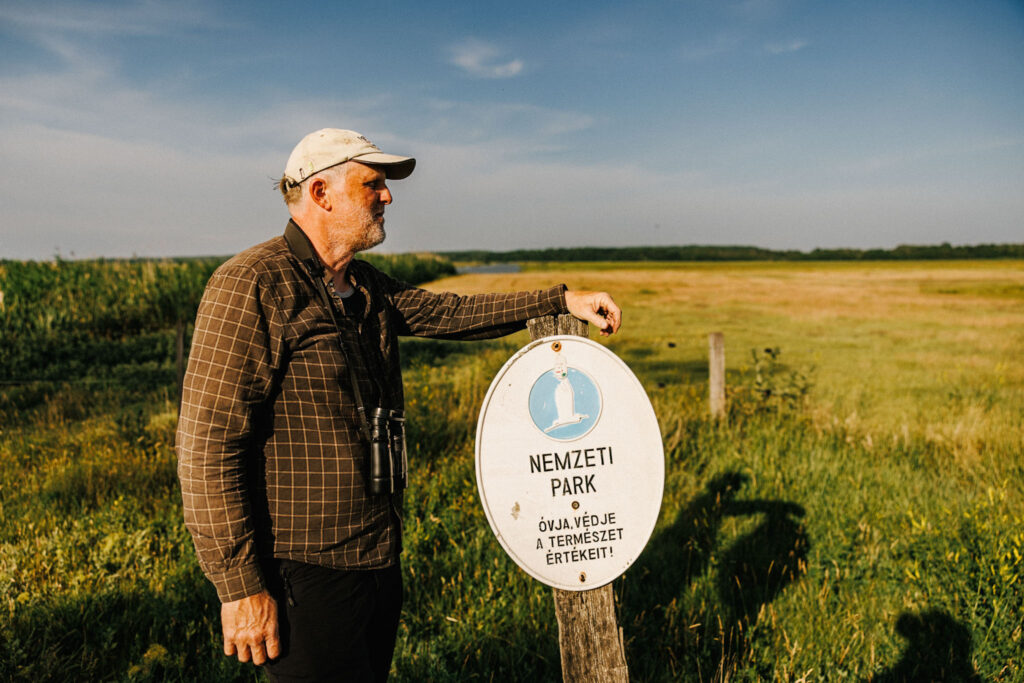
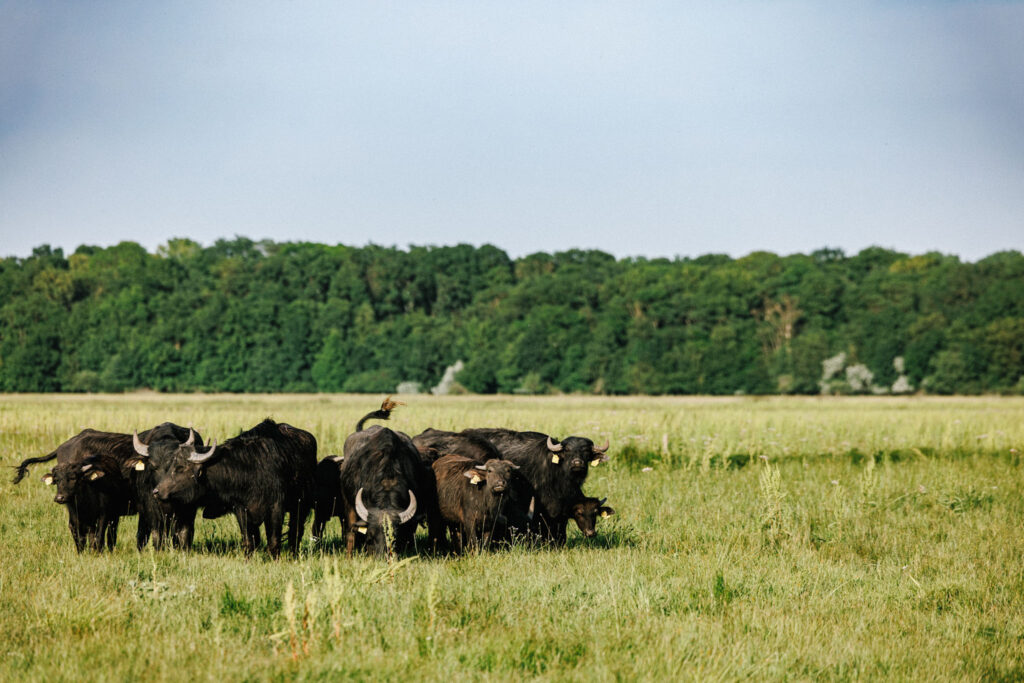
‘That’s how we started. We set up and made nests for the avocets with machines. We soon saw, however, that even if we managed to protect a pair, it was very little. We thought it would be great if as many pairs as possible could nest here, if they could have their habitat in Hortobágy again,’ Zoltán Ecsedi, the project manager and one of the founders of the Hortobágy Environmental Association, explains. He adds: ‘Now we have come to the same place as all conservationists: it is already not enough to protect the habitat; we must protect the processes themselves. In the Hortobágy area, this means salination. We need to rehabilitate the territory, to remove the “ill” parts, just as a surgeon does when he operates so that the healing process can begin. The Hortobágy National Park has all the possible official, qualified protection: it’s a national park, a Natura 2000 site, a UNESCO biosphere reserve, an internationally important wetland, and a world heritage site, yet certain species and habitat types are still being destroyed in it.’
Everyone knows what salination is, if nothing else, from saline water. Salination requires an environment rich in carbon dioxide and sodium. The special, saline soil here was formed 20,000–30,000 years ago, after tectonic changes caused the Tisza River to change course, flowing through the Sajó and Hernád Rivers, which thus no longer flooded the lowest point of the Great Plain with their water and alluvial deposit. Salination occurs when evaporation exceeds precipitation. Salts then flow from the saline groundwater to the surface. The biggest problem right now is that the groundwater level has sunk a lot, a delayed effect of the regulation of the Tisza 160 years ago. In other words, it is man-made. This is compounded by the drainage of the 1950s and 1960s and the man-made damage caused by climate change. Now it is man’s task to find a solution to the problem, with the help of nature and its self-healing processes.
‘Now it is man’s task to find a solution to the problem, with the help of nature and its self-healing processes’
Specifically, to raise groundwater levels, conserve water in the area, and provide grazing, because for saline grassland it is also important to have direct sunlight on the land, and the carbon dioxide released from animal manure is a great help, too. So, it is a difficult and complex task.
The association has successfully applied to the European Union’s LIFE programme and is now using its funding and resources to implement the project and rehabilitate the waterways. In addition, it is also part of the task to bring all stakeholders, from farmers to the water authorities, on the same page in order to achieve this great goal.
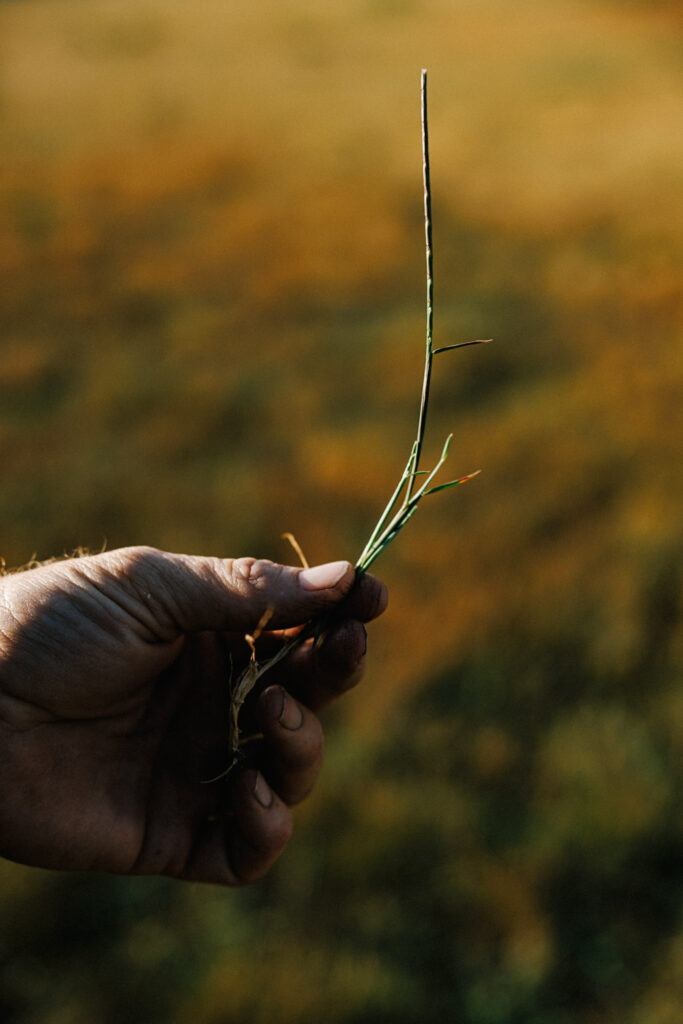
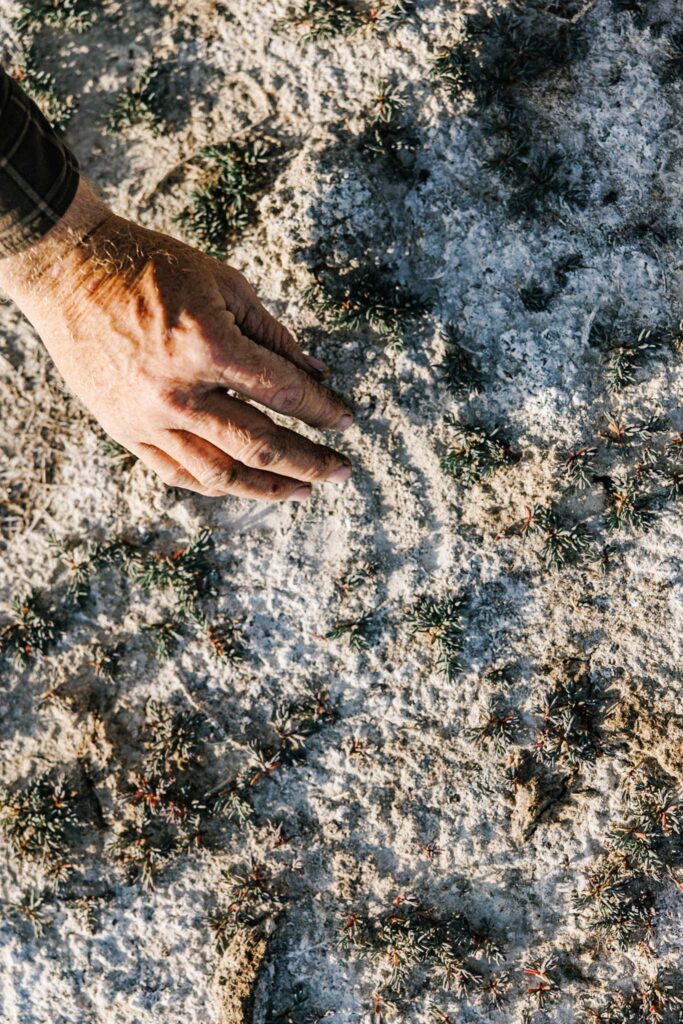
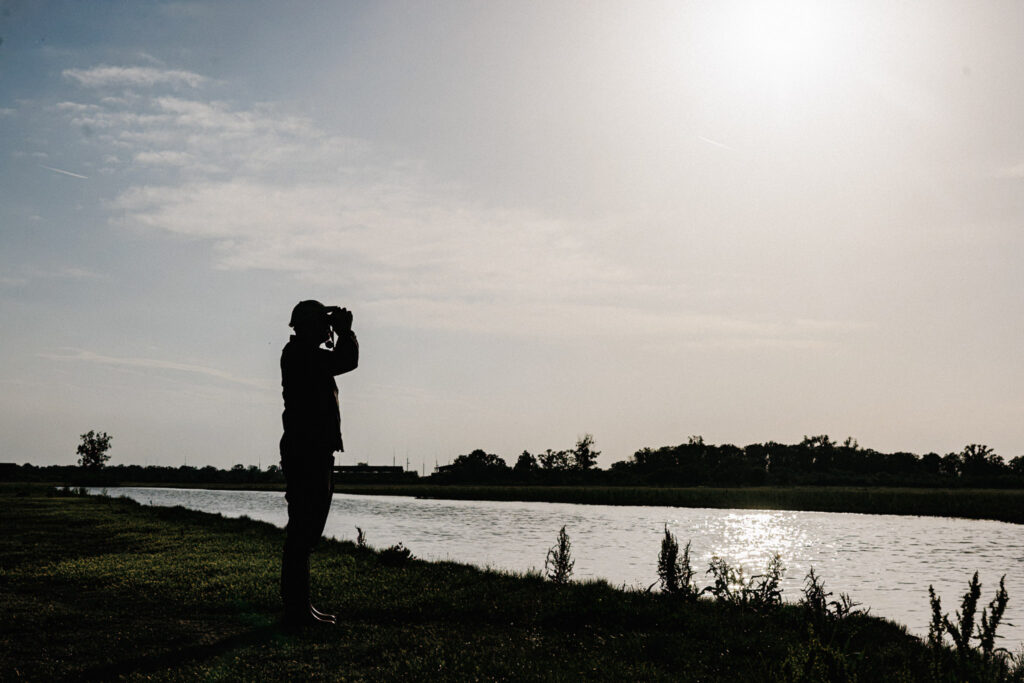
‘Climate change forecasts for the Carpathian Basin tell us one thing for sure: that the frequency of extreme weather conditions will increase, so there will be alternating periods of very dry and very wet weather,’ Zoltán Ecsedi explains. ‘However, overall, it will rather shift towards drought. We can already feel the impacts of this as even if the annual rainfall has not decreased so far, its distribution has become worse. Worse for humans and worse for saline grassland. The winter precipitation, especially snow, has disappeared, and so have the rains of September and March–April. The rain that falls in May and June evaporates easily, thus it cannot be used. What can be done, then? There is no alternative, we have to store water when we have it. That’s what this project is about. Store it and bring it from further afield. The aim is to use water wisely, and now everyone can be convinced of that. If we succeed in re-watering the landscape, farmers may have to change breeds, but it will be worth it because if the water stays on the land longer, the grazing season will last longer as well, so less will be spent on fodder,’ the project manager elaborates.
Let’s not forget that it all started with birds—with what they need to survive and return. Some of the characteristic species associated with the saline grassland are already gone, but what can be saved must be saved.
‘This project is also bird-centric. We have selected ten bird species whose conservation is a priority in the EU, too; among others, the black-necked grebes, the red-necked grebes, the common redshank, and the black-tailed godwit. They include both migratory and nesting species. We had just started work and what happened? After an extremely dry year in 2022, 2023 was particularly wet in Hortobágy, and to our great surprise and delight, the situation we had expected by the end of the project had developed. What we imagined, what we described, what we set out to do. We saw so many birds, so many different species, that we were all about to cry,’ Zoltán recalls. ‘The lapwing, the iconic bird of the wetlands of the Great Plain, has come back, which is also a kind of mirror. Where it subsists, things are fine; where it disappears, there is trouble. And we have had them in great numbers. It gave us hope and proved that if we go through with the project, these birds will reappear and stay in Hortobágy,’ he recounts.
And why is this so important?
‘Because the richness of a habitat also has an impact on the psyche of its inhabitants. Officially, this is called ecosystem service, but perhaps it’s clearer to say that the health of nature is reflected in the physical and mental health of people, too,’ the project manager highlights.
‘The health of nature is reflected in the physical and mental health of people, too’
That could be a nice cue, but there is another very important issue here: the burning question of carbon sequestration. Anyone who thinks that planting trees will solve this problem is mistaken. There are areas where we do need to plant trees, but it is good to know that carbon sequestration differs between habitat types.
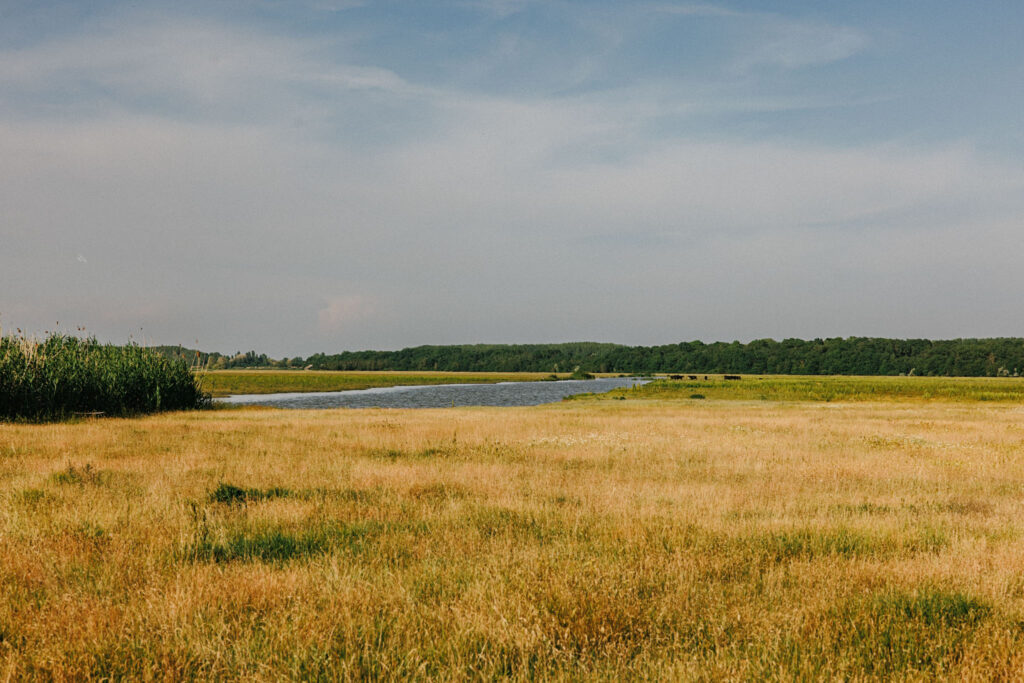
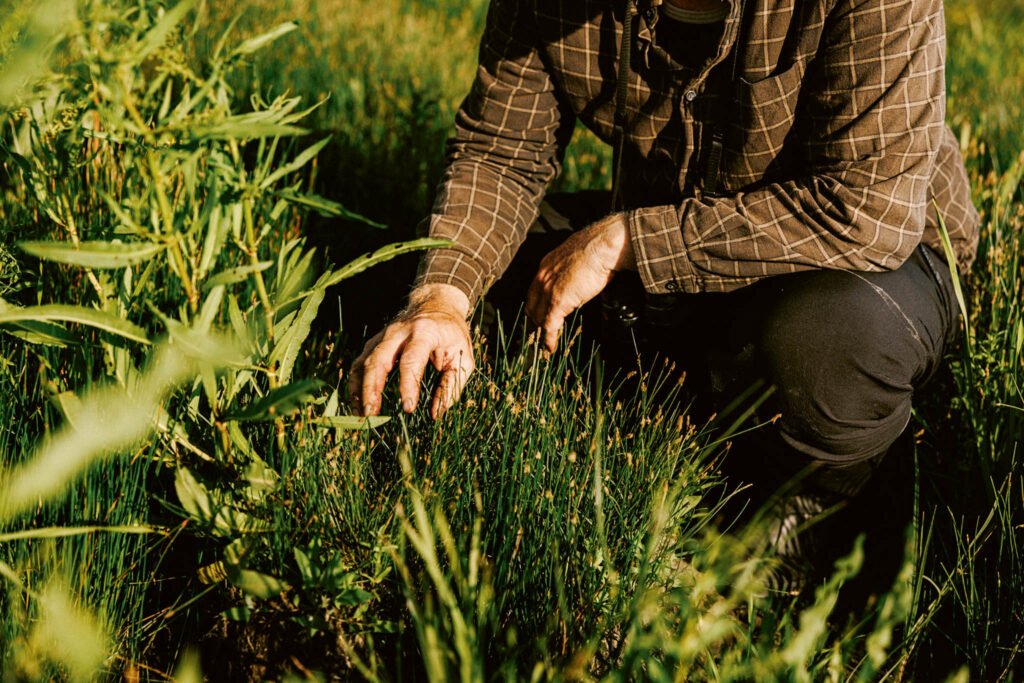
‘It is relatively new knowledge that carbon dioxide is not only sequestered by living organisms but also by the soil, down to a depth of one metre. Taking this into account, scientists have concluded that the grassland on the Great Plain sequesters as much carbon dioxide as tropical rainforests. That is, far more than deciduous forests. Agricultural land sequesters almost nothing, and wetlands two and a half times as much as tropical rainforests. My colleagues and I have calculated that if we could re-water the Hortobágy wetland on 200,000 hectares, we could absorb all the emissions generated in the Tiszántúl region,’ Zoltán concludes.
The photos in this article are by Árpád Földházi.
Related articles:
Click here to read the original article.

